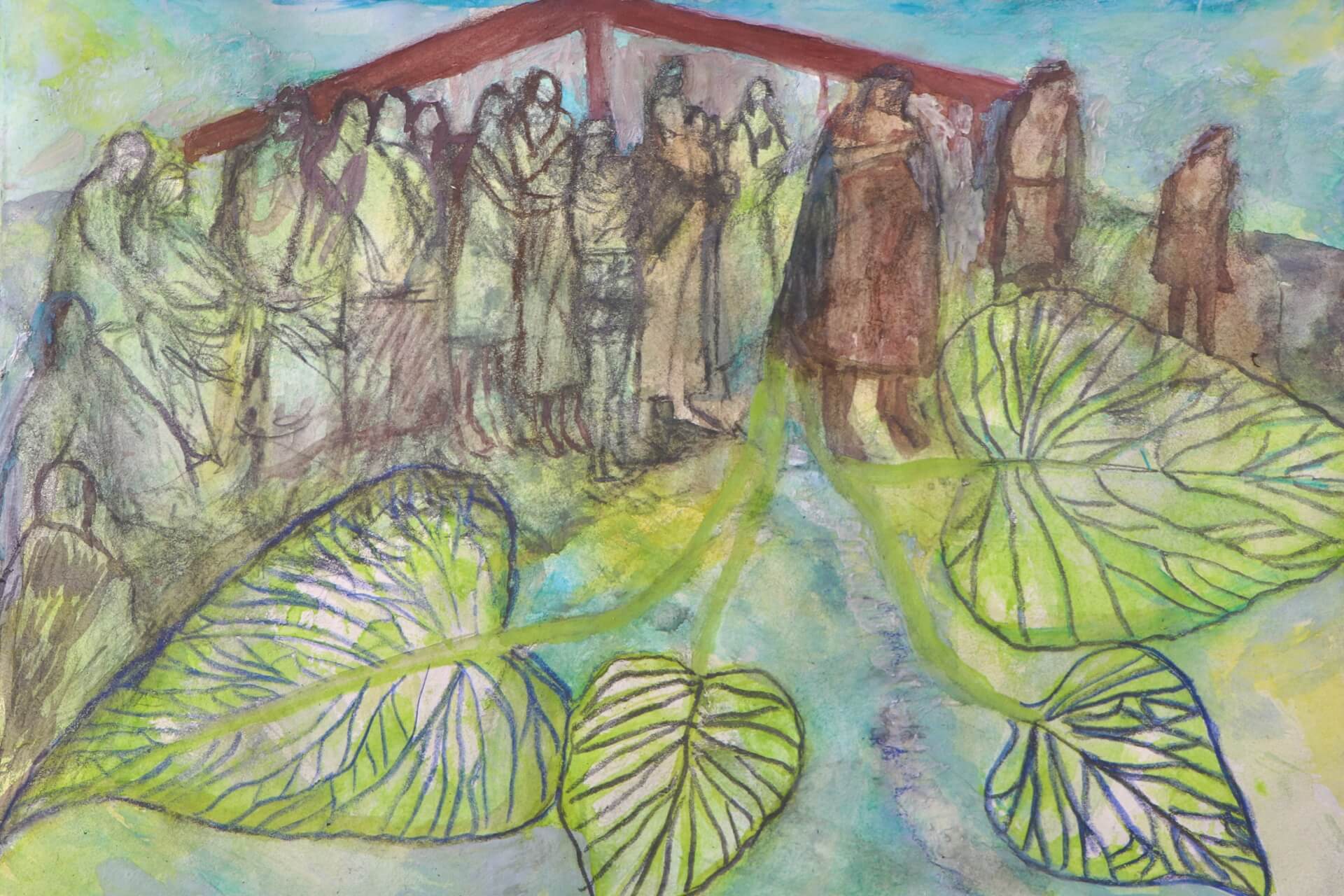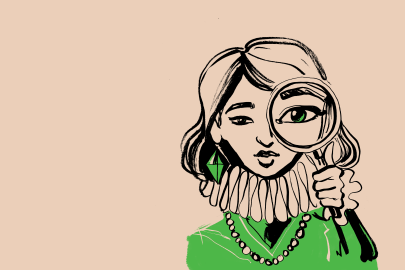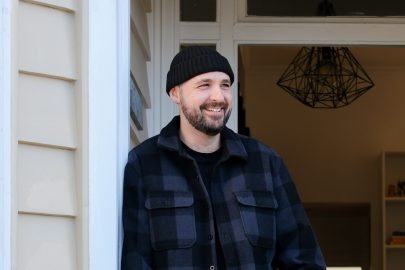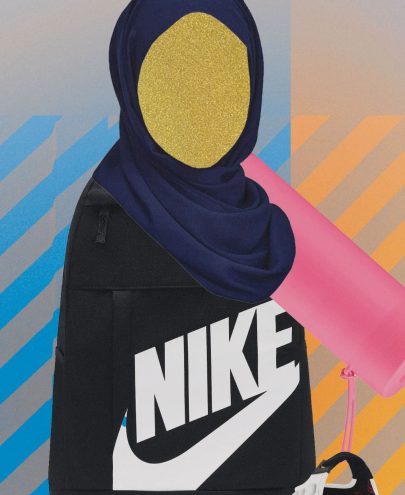Dec 9, 2021 Society
“Busy? No one can be busier than a Māori,” according to Witi Ihimaera. A pono statement before Covid, and especially true since. I don’t think I’ve ever seen an idle Māori. Even before the pandemic, you couldn’t convince me that one might exist. A global pandemic means more than the usual blisters on the hands. Whānau had boots on the ground weeks before the first nationwide lockdown, later upskilling and tweaking the approach through successive variants and alert-level changes. Distributing hygiene and learning packages, personal protection equipment (PPE), flyers and leaflets, establishing whānau-led checkpoints and testing stations, and arranging drive-through tangihanga and, more recently, the drive to vaccinate takes more than wrangling a few people together. This is the Māori response, a tika response.
Any successes attributed to the state’s response are contingent on Māori getting on with the job at hand. At times, this has been made more difficult by the government. Despite our vocal desire for trust, for a benevolent, constitutional partner, the Crown has not trusted us to make decisions for ourselves.
Whānau can organise quickly, safely and effectively. It was precisely the above measures — informed by tikanga, living memory, awareness of our higher-risk health profile and a recognition of limited resources — that became vital to containing the virus. The government relies on our expansive kūmara vines, but then leaves our representatives out of key forums and, as a result, constantly makes decisions to the detriment of all. The Covid-19 Response Bill, for example, proposed warrantless searches of marae if police suspected gatherings breached restrictions. The wording in the legislation was changed to “dwellings” after the inevitable furore, but discretionary powers remained with the police. Māori Crown Relations Minister Kelvin Davis told Māori to be careful what we wish for — an ominous, if vague, threat.
Te Rōpū Whakakaupapa Urutā, made up of Māori medical and health specialists, was cast aside by the government, despite the immeasurable expertise that lies within the group. The government was warned, loudly and repeatedly, of the inequities embedded in the vaccine rollout plan. Māori health providers, expertise, operational proficiency — the magic of knowing and organising communities — were routinely discarded from decision-making capacity. In concrete terms, a global health crisis laid bare the cracks in our structural fault lines, the ruptures in the relationship between Māori and the Crown.
Previous policy responses to health crises demarcated disease along colour lines, restricted the movements of Māori alone, and limited access to preventative care. Pākehā doctors refused to visit Māori settlements, which were exhibited as models of sanitary precaution. Historically, the Crown has entrenched social attitudes and practices in which Māori conceptions of health are defined through a deficit lens, whilst siphoning the land beneath our feet. Māori are justified in our distrust. Either directly or through neglect, the Crown has been trying to kill us since 1840. It is both excruciating and unsurprising that anti-vaxxers have lured so many Māori to their banners.
The bigger, not-so-secret conspiracy, however, is that the Crown will readily accept our deaths before we are trusted with our own lives. As I write this, close to 60% of yesterday’s new Covid cases were Māori, and tangata whenua comprise 44% of total infections. Vaccination rates are stalling, particularly with whānau in the regions, hovering at around 60% fully vaccinated across several districts. The vaccine rollout has been condemned as unethical, because despite Health Minister Andrew Little’s commitment that restrictions would be eased once all groups reached 90%, no specific vaccination targets were set for Māori.
With residents of Tāmaki Makaurau set to be freed to roam across the motu from 15 December, the government has effectively condemned whānau to die. The infrastructure we are relying on to cope with this fallout will disintegrate. The perverse reality is that despite the awareness — that whānau aren’t ready, that we will drown — the government is charging ahead. Māori were, and remain, collateral damage under the Crown’s state of exception. But we are not the only ones considered dispensable, or untrustworthy.
Though distinct, Pasifika share a high-risk health profile with Māori, and similar, disproportionate outcomes. Pasifika communities, much like Māori, mobilised quickly, with pop-up testing stations, distribution of masks and PPE, care and support packages and record-breaking vaccination drives. Their vaccination rates sit higher – 82% fully vaccinated – but that’s still not high enough. Regionally, South Auckland became the unenviable first line of defence and the source of the labour we have relied on to function.
For many Pasifika, the 1918 influenza outbreak in Samoa, which killed more than a fifth of the entire population, still stirs feelings of hurt and pain. New Zealand was negligibly culpable as the source of the flu virus. And yet, like Māori, Pasifika communities are not trusted to make safe and informed decisions about their own lives.
Yet, again like Māori, Pasifika communities are not trusted to make safe and informed decisions about their own lives.
Māori and Pasifika are Aotearoa’s most at-risk communities, but are also the first to commit, protect and prevent. The relative successes we have enjoyed, throughout the pandemic, remain dependent on the efforts of our communities across this land: swabbing, jabbing, organising, collectivising. Though the relationships we maintain with the state are distinct, the lack of trust we receive in return is shared. And although trust is an elusive, fickle concept for the government, the trust we have in ourselves, and each other, is unwavering. The Crown’s lack of trust in our expertise, however, has impeded us all through longer lockdowns, obstructions and inequities in the vaccine rollout and vaccine uptake. Māori and Pasifika communities have borne the violence of mistrust, but the consequences have haemorrhaged nationally.
As this issue of Metro went to press, the Waitangi Tribunal was expected to grant a special inquiry into the government’s management of the pandemic, with a special focus on whether the vaccination strategy and protection framework are consistent with Te Tiriti o Waitangi.
A week later, the government was committed to opening the borders around our largest city and unleashing its residents on the rest of the country, to carry and spread the virus to regions who have implored it not to do so, because they are not ready, and will not be ready for some time.
Whatever rickety vestiges of trust we might have left are gone, our rights to equitable health dismissed in favour of everyone else’s right to a holiday. The initial successes of the government’s strategy — widely celebrated, and impossible without Māori — have long been eclipsed by its flaws. Perhaps the most substantial flaw is the naive refusal, despite insurmountable evidence, to place trust in Māori, in our sovereign right to choose how we live, and how we die.
—
This story was published in Metro 433
Available here in print and pdf.

This story was made possible by
NZ On Air’s Public Interest Journalism Fund






